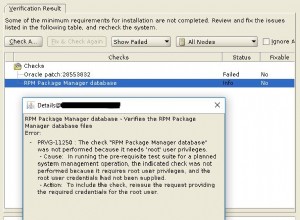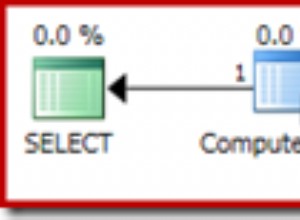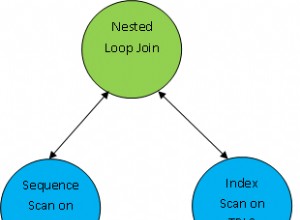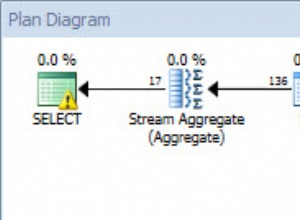Exemplo de uso de tabela de junção/interseção.
create table subscription_plans
(
id int not null auto_increment primary key, -- common practice
name varchar(40) not null,
description varchar(255) not null,
price decimal(12,2) not null
-- additional indexes:
);
create table pricing_offers
(
id int not null auto_increment primary key, -- common practice
name varchar(40) not null,
description varchar(255) not null
-- additional indexes:
);
create table so_junction
( -- intersects mapping subscription_plans and pricing_offers
id int not null auto_increment primary key, -- common practice
subId int not null,
offerId int not null,
-- row cannot be inserted/updated if subId does not exist in parent table
-- the fk name is completely made up
-- parent row cannot be deleted and thus orphaning children
CONSTRAINT fk_soj_subplans
FOREIGN KEY (subId)
REFERENCES subscription_plans(id),
-- row cannot be inserted/updated if offerId does not exist in parent table
-- the fk name is completely made up
-- parent row cannot be deleted and thus orphaning children
CONSTRAINT fk_soj_priceoffer
FOREIGN KEY (offerId)
REFERENCES pricing_offers(id),
-- the below allows for only ONE combo of subId,offerId
CONSTRAINT soj_unique_ids unique (subId,offerId)
-- additional indexes:
);
insert into subscription_plans (name,description,price) values ('plan_A','description',9.99);
insert into subscription_plans (name,description,price) values ('plan_B','description',19.99);
insert into subscription_plans (name,description,price) values ('plan_C','description',29.99);
select * from subscription_plans;
insert into pricing_offers (name,description) values ('free donuts','you get free donuts, limit 3');
insert into pricing_offers (name,description) values ('extra sauce','extra sauce');
insert into pricing_offers (name,description) values ('poney ride','Free ride on Wilbur');
insert into pricing_offers (name,description) values ('bus fare -50%','domestic less 50');
select * from pricing_offers;
insert so_junction(subId,offerId) values (1,1); -- free donuts to plans
insert so_junction(subId,offerId) values (1,2),(2,2),(3,2); -- extra sauce to plans
insert so_junction(subId,offerId) values (3,3); -- wilbur
insert so_junction(subId,offerId) values (1,4),(2,4),(3,4); -- bus to plans
select * from so_junction;
-- try to add another of like above to so_junction
-- Error Code 1062: Duplicate entry
-- show joins of all
select s.*,p.*
from subscription_plans s
join so_junction so
on so.subId=s.id
join pricing_offers p
on p.id=so.offerId
order by s.name,p.name
-- show extra sauce intersects
select s.*,p.*
from subscription_plans s
join so_junction so
on so.subId=s.id
join pricing_offers p
on p.id=so.offerId
where p.name='extra sauce'
order by s.name,p.name
Basicamente, você insere e exclui da tabela de junção (não é bom realmente atualizar neste exemplo).
Junções limpas e rápidas sem ter que mexer com conjuntos lentos e desajeitados sem índices
Ninguém mais pode andar no Wilbur the Poney? Então
delete from so_junction
where offerId in (select id from pricing_offers where name='poney ride')
Pergunte se você tiver alguma dúvida.
E boa sorte!




